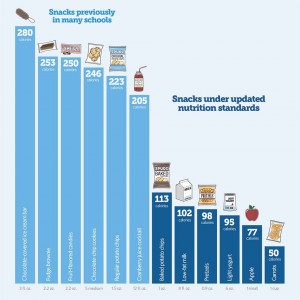Teaching is a tough job. Not everyone can do it. Not everyone wants to do it. Teachers don’t just teach math, reading, or science. They help students learn everything that they need to know to survive in this world. In the classroom, students learn how to interact with other students, teachers, and authority. Teachers and principals play a large role in forming their social and emotional skills.
Where and how students are taught affect how they learn. For example, a math teacher might show his or her students that he or she cares about them and wants them to learn the lesson by walking around the room and helping students if they need it. Teachers today are being trained how to build students’ social and emotional skills through the Responsive Classroom (RC) method of teaching. The goal of RC is to raise students’ grades by supporting them emotionally and socially, making students feel that their teachers and peers care about them on an individual level. Students in a respectful classroom will control their behavior better on their own, and will be better students.
This study followed students from third through fifth grade. It found that teachers who have RC teaching styles also have students with higher math and reading scores. However, some teachers who were not RC-trained still had RC skills, and not all teachers who were RC-trained used their skills in the classroom. When teachers who were RC-trained did not use the RC skills correctly, their students’ test scores actually went down.
Principal support affected how likely it was that an RC-trained teacher used those skills in the classroom. As leaders of the school, principals have a lot of influence over the culture of learning and teacher-student relationships. Students with better support from teachers and their peers learn better, so learning culture matters in a classroom – and Responsive Classroom skills are a very good thing for teachers to have, as long as they use them correctly.
“Efficacy of the Responsive Classroom Approach: Results from a 3-Year, Longitudinal Randomized Controlled Trial,” by by Sara E. Rimm-Kaufman, Ross A. A. Larsen, Alison E. Baroody, Timothy W. Curby, Michelle Ko, Julia B. Thomas, Eileen G. Merritt, Tashia Abry, and Jamie DeCoster, is published in the American Educational Research Journal, Volume 51, No. 3 (June 2014), 567-603, DOI: 10.3102/0002831214523821, published by SAGE.
Summary by Cynthia C. Bloom
